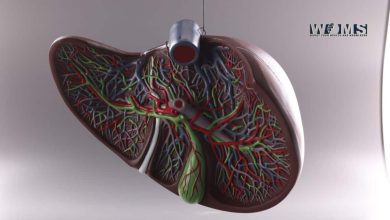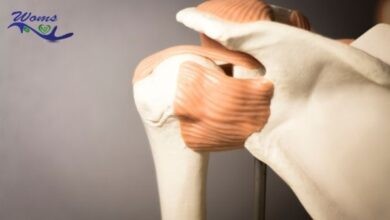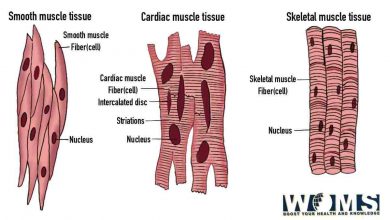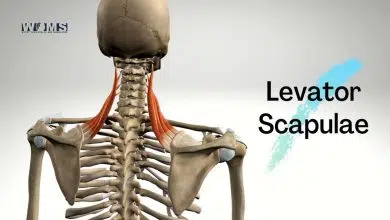The Smallest Bone in Human Body
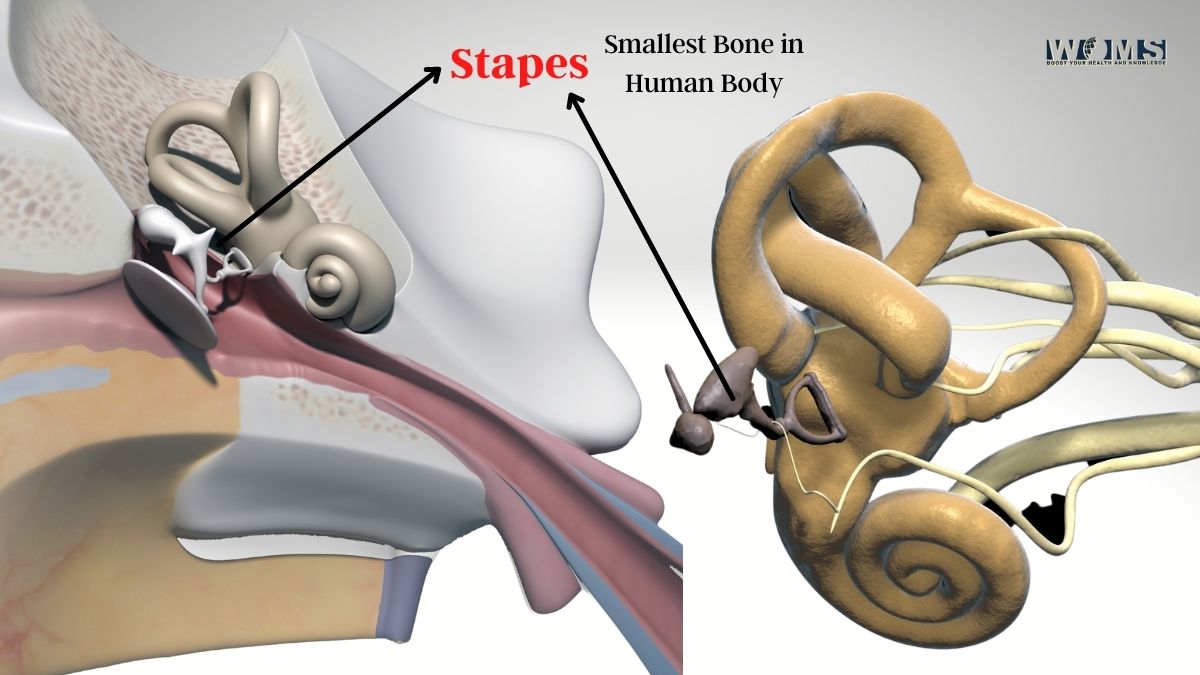
This article will teach you everything you need to know about the smallest bone in the human body, including its definition, functions, and anatomy. Your middle ear, on the other hand, houses the smallest bone in the human body. The “stapes” of the middle ear, measuring 3 mm 2.5 mm, is the smallest named bone in the human body. One of three ossicles in the middle ear, this bone looks like a stirrup.
However, the ossicles transport sound pressure waves from the outer ear (and eardrum) to the inner ear, where they are converted into nerve impulses that are sent to the brain for identification. The malleus (hammer) and incus (incus) are the other two ossicles (anvil). Sound waves must pass via the auditory canal, the tympanic membrane (eardrum), and the middle ear compartment before being recognized by the brain.
When sound waves reach the malleus, incus, and stapes, the ossicles, which include the malleus, incus, and stapes, quiver. The stapes is the smallest bone in the human body. They often compared the malleus to a hammer because it strikes the anvil-shaped incus. The vibrations then pass through the stapes. The stapes is similar to a tuning fork because of its horseshoe-like form. The word “stirrup” means “stirrup” in Latin.
Anatomy of the Smallest Bone in the Human Body
The smallest bone in the human body is the stapes. It is the middle ear’s innermost (most media and closest to the cochlea) ossicles. We might visualize the stapes as a stirrup hanging from a saddle and flipping horizontally on its side. The top links to the incus, while the bottom rests against the tympanic cavity’s oval window.
Furthermore, the anterior and posterior limbs of the stapes attach to the oval-shaped base of the incus and are seen on the head of the stapes. The incudostapedial junction is where the stapes head meets the incus. By covering the width of the anterior and posterior limbs and base, the stapedial membrane, a ligament-like tissue, helps this connection.
The stapedial annular ligament connects the stapedial base to the oval window on the medial side of the stapes. A thin membrane protects the entrance to the cochlea and is known as the oval window.
However, the stapedius muscle extends from the mastoid bone’s pyramidal eminence to the stapes’ neck. This muscle pulls the annular ligament and prevents the stapes bone from moving too much when it contracts in reaction to loud noise.
Functions of the Smallest Bone in the Human Body
Our capacity to hear depends on the stapes bone. The tympanic membrane (eardrum) vibrates, and sound travels via the malleus, incus, and stapes bones of the middle ear. They magnify the sound waves as they travel through the middle ear.
- The stapes, the last bone in the ossicular chain, collide with the oval window, causing a wave in the inner ear fluid.
- This wave of fluid enables the commencement of a process in the inner ear that turns sound waves into electrical signals that the brain may understand.
Associated Conditions of the Ear and Smallest Bone in the Human Body
We can associate some problems and infections with the smallest bone and ear hwen not properly taking care of. Some associated conditions are:
Effusion of Otitis Media
We know an ear infection as otitis media. Otitis medium with effusion is a condition in which there is additional fluid in the middle ear. Infection and fluid in the middle ear, especially if left untreated for a long time, can harm the middle ear’s structures, notably the ossicular chain. Hearing loss can occur because of this, which can be temporary or permanent.
Cholesteatoma
Cholesteatoma is a disorder when the eardrum’s skin develops abnormally. This can be congenital or the result of recurrent ear infections with fluid in the ear. The ossicles, particularly the stapes, can degenerate because of cholesteatoma. Ear leakage, ear pressure, hearing loss, and tinnitus are all symptoms of cholesteatoma. Cholesteatoma can cause catastrophic problems, such as deafness, meningitis, and a brain abscess if left untreated.
Otosclerosis
Otosclerosis is a disorder in which the stapes become locked in place because of aberrant ossicular bone remodeling. The stapes are then unable to strike the oval window in the cochlea and form the sound-producing fluid wave.
Also Read: Smallest Muscle in the Body: Stapedius Muscle
Summary of the Smallest Bone in the Human Body
The skeletal framework comprises bones that help the body move efficiently. Your body is a complicated biological machine capable of incredible feats. Examining some of our many components and asking questions like “what is the smallest bone in the human body?” can help us better understand how our bodies function and, ultimately, how to keep them healthy.
FAQs
What happens if the stapes aren’t functioning properly?
Fluid in the inner ear moves when the stapes bone moves, stimulating inner ear hair cells. Sound vibrations are converted into electrical signals and transmitted to the brain by these cells. Any element of this mechanism that is compromised can cause hearing loss.
What is the function of the stapes?
Our capacity to hear relies on the stapes bone. Sounds move through the malleus, incus, and stapes bones of the middle ear, vibrating the tympanic membrane (the eardrum). The middle ear amplifies sound waves as they move through it.
